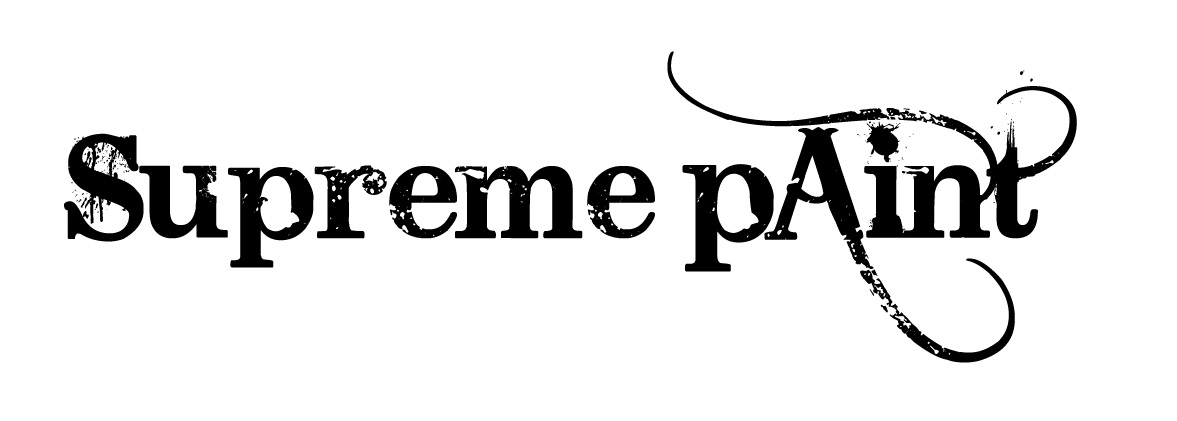The supreme guide to oil paint
These pages are becoming a large resource about oil paint and the craft of painting.
The guide has been written to be read in order with a link at the botttom of each page to take you to the next section, however feel free to dip into it through the index below.
The Index
The different oils in oil paint
Introduction
For me painting and drawing (the foundation of painting) are amazingly expressive art forms but also a craft and I think this is often forgotten, historically in the atelier system a painter would have spent years as an apprentice, learning how to grind pigments, prepare canvas, and many years drawing.
We now live in a different world and whereas in the past painting was the only format to convey colourful lifelike images, now we are truly swamped by such images. The function has evolved over time from a method of documenting and recording much like the photograph today to a mostly creative expression.
Even today though, it can reasonably be argued a painting of an apple shows the apple in much more reality than a photograph, as the painting picks up on those indescribable, often imperceptible qualities, which a good painter captures often without realizing.

Above is a cave paintings from Lascaux, France estimated to be 17,300 years old, and because it is amazing there is another below.
These are some of the earliest paintings discovered, yet 17,000 years later the process and paint has not changed that much. The colours within these paintings are derived from a reddish earth and a carbon based substance probably soot from burnt wood, both these substances are commonly used today as pigments in oil paints although the medium (the substance which carries the pigment) will probably have been water.
I find it amazing that although pigments have moved on massively particularly in the last 100 years, the pigments in the earth paints we use today and which are essential to painting are the same.
The earliest use of oil painting dates from in the middle ages, however it wasn't until the middle of the sixteenth century until it really became widely used, and probably a little later still until it became the most widely used form of painting.
Paint Quality
I think it is important in a guide to oil painting to mention at the beginning the importance of paint quality and the simplicity of it's constituents, much like the cave painters the paint we sell is a medium that being oil and pigment, no additives or fillers which are commonly used in other cheaper paints.
To buy cheaper paint really is going to hold the painter back. Financially it makes no sense as there is less pigment and more fillers in cheap paint, so you will need to use more of it and practically, mixing colours becomes very unpredictable and unsatisfactory as the individual 'hues' are often composed of many, many different pigments. When mixing cheaper paint the outcome is difficult to predict and manipulate and the purity and tone of the colour is lost. Good painting is hard enough without this complication!
Cheaper paint can usually be detected by the use of 'student grade' in the title, however to find good paint still requires research and a lot of the large well known brands are far from the best, essentially they are producing industrial quantities of paint and that is detrimental to the quality.
It is best to learn some basic colour theory and be empowered to mix most of your colours and invest in a some high quality paint made by an small producer with integrity.
Moving on to look at what oil paint is made of...

